INTERNATIONAL MINIMUM INDUSTRY SAFETY TRAINING (IMIST)
This training is to introduce the fundamental safety elements of the oil & gas industry to new starts, giving an appreciation of the potential hazards and controls that might be encountered by personnel. Each unit has been designed to focus the delegates attention on their personal responsibility for safety thus influencing their behaviour and attitude towards their co-workers, the oil and gas operations and the environment.
What are the entry requirements?
There
are no specific medical requirements, although personnel must have a current
offshore medical certificate before being allowed to work offshore.
Learning Outcomes
OIS-253 Introduction to the Hazardous Environment
Major hazards while working within the hostile and often remote environment of oil and gas operations
OIS-254 Working safely including safety observation systems
The Legislative Framework relating to Oil and Gas Operations
The usage of Safety Case methodology in Oil and Gas Operations
The Safety Management System in Oil and Gas Operations
Safe Systems of Work (SSOW)
Safety Observation Systems
Personal Contribution and Responsibility for Safety
Safety Observation Systems input and card completion
OIS-255 Understanding the risk assessment process
Risk Assessment (Theory)
Risk Assessment (Practical)
OIS-256 Tasks that require permit to work
Principles and Objectives of a PTW system and how permits are generated
Identification of controls
OIS-257 Personal responsibility in maintaining asset integrity
Asset Integrity
OIS-258 Using manual handling techniques everyday
Manual Handling Hazards
Manual Handling Controls and Mechanical Devices
Safe Lifting Techniques
OIS-259 Controlling the use of hazardous substances
Sources of Chemical Hazards
Practical Controls for Chemical Hazards
OIS-260 Knowledge and practices of working at height
Working at Height (WAH) Activities and Hazards
OIS-261 Being aware of mechanical lifting activities
Hazards of Mechanical Lifting Operations
Certificate has a 4-year validity.
